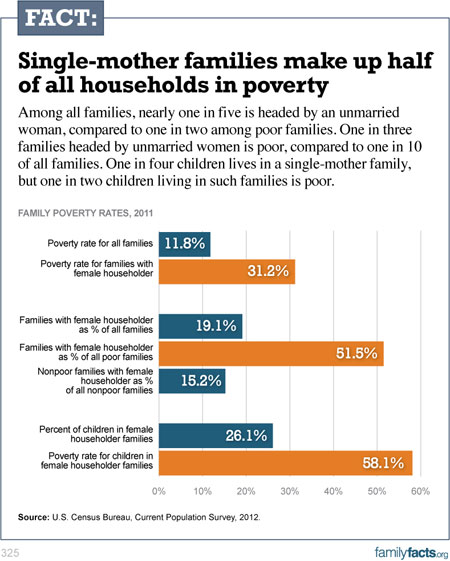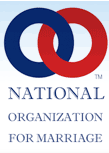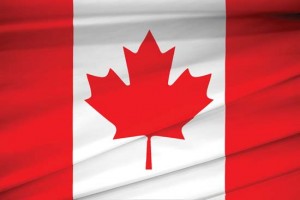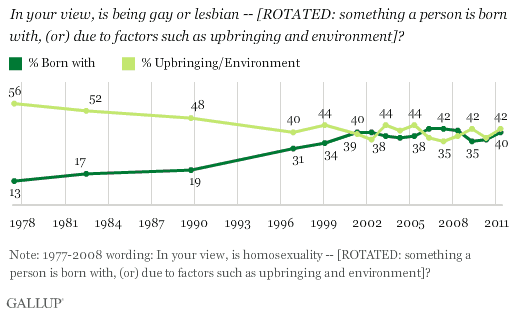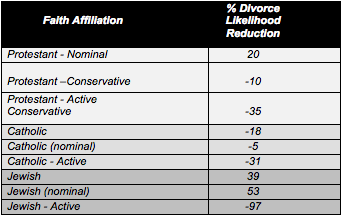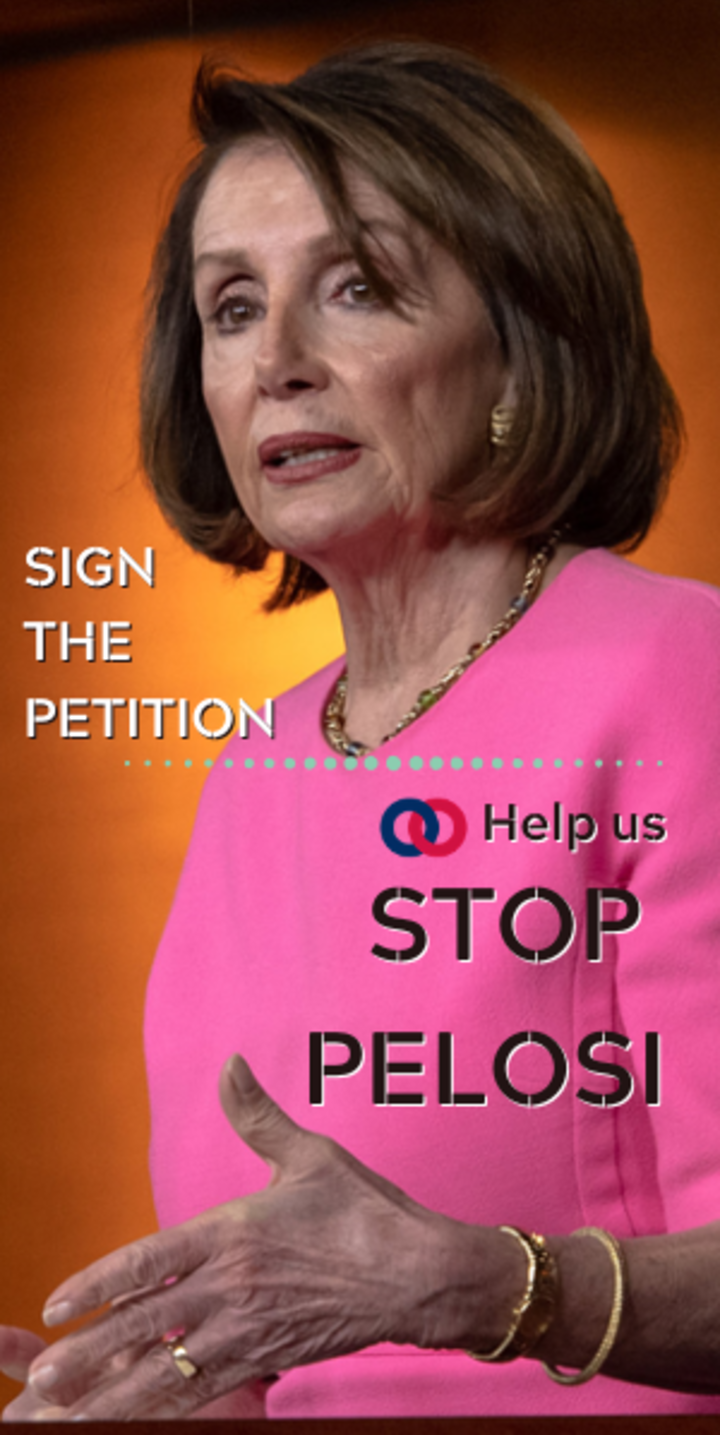Dan Rafter at the HRC blog takes issue with Maggie Gallagher quoting a study in the October issue of Journal of Marriage and Family which found that married opposite-sex couples in Britain are five times more stable than same-sex couples (cohabiting opposite-sex couples are twice as stable). The study also found:
"Compared to married couples, the dissolution rates for male and female same-sex cohabiters were seven and five times higher, respectively. Among cohabiters, the differences were smaller: The dissolution rate for male and female same-sex cohabiters was approximately double the rate for different-sex cohabiters."
Moreover, the author found no increase in stability between the 1958 and 1970 birth cohort.
These findings agree with the other literature I've seen about the relative stability and instability of same-sex vs. opposite-sex couples.
Rafter responds by calling Maggie's citation of the study an "insult to same-sex couples" which is aimed to "demonize" and "harm" them and implies a "insidious mission."
Rafter concludes this way (to make it easier to respond, I'm numbering his sentences):
[1] This is an insulting and flawed argument. [2] I am one of the many, many LGBT people in a stable, committed same-sex relationship, and my heterosexual parents are currently going through a divorce. [3] People put a great deal of time, commitment, and energy into forming meaningful relationships – regardless of whether they are same-sex or opposite-sex unions. [4] To sweepingly imply that one demographic is more prone to breakups – and to use that claim as a reason to deny an entire community of people basic rights such as marriage and the ability to start a family – is as offensive as it is inaccurate.
Let's take these in turn:
Sentence 1: Rafter's statement is not an argument, just an accusation.
Sentence 2: Rafter provides in evidence of his counter-position exactly 2 couples - him and his parents. This is anecdotal. I could just as easily say all the heterosexuals I know are stable and all the gay people I know are not, but this would not be an argument either.
Sentence 3: We can grant that many people put time and energy into forming relationships. But the question which the author of the Journal of Marriage and Family actually looked at is whether they are successful in doing so. The author argued that we one can observe significant differences between the various groups he studied. Rafter chooses to ignore this legitimate discussion.
Sentence 4: Gallagher (and the author of the journal article) didn't "sweepingly imply" anything. The author of the journal article conducted scientific research and provided evidence for his conclusions. If anyone is "sweepingly implying" it's clearly Rafter! Finally, Gallagher was very modest about what she actually concluded from the evidence. She explicitly said: "This of course cannot tell us how children fare on average when they are raised by stable same-sex couples, or whether gay marriage will significantly increase stability in same-sex couples." Does that sound like a "sweepingly implying" sentence? Hardly.
If Rafter wants to look at the evidence we do have of same-sex marital stability, we can look at it:
"Stockholm University’s study seems to confirm the American trend. In Norway, male same-sex marriages are 50 percent more likely to end in divorce than heterosexual marriages, and female same-sex marriages are an astonishing 167 percent more likely to be dissolved. In Sweden, the divorce risk for male-male partnerships is 50 percent higher than for heterosexual marriages, and the divorce risk for female partnerships is nearly double that for men."
If Rafter actually had conclusive proof for his positions he would state it. Instead he chose to attack Gallagher and the Journal of Marriage and Family. This does a disservice to reasonable debate, and it's notable considering how much time HRC spends accusing pro-marriage advocates of engaging in heated and empty rhetoric. Pot, meet kettle.
Rafter's posturing may please his readers at HRC, but fair-minded outside observers should take note of how both sides of this debate are actually conducting it.
